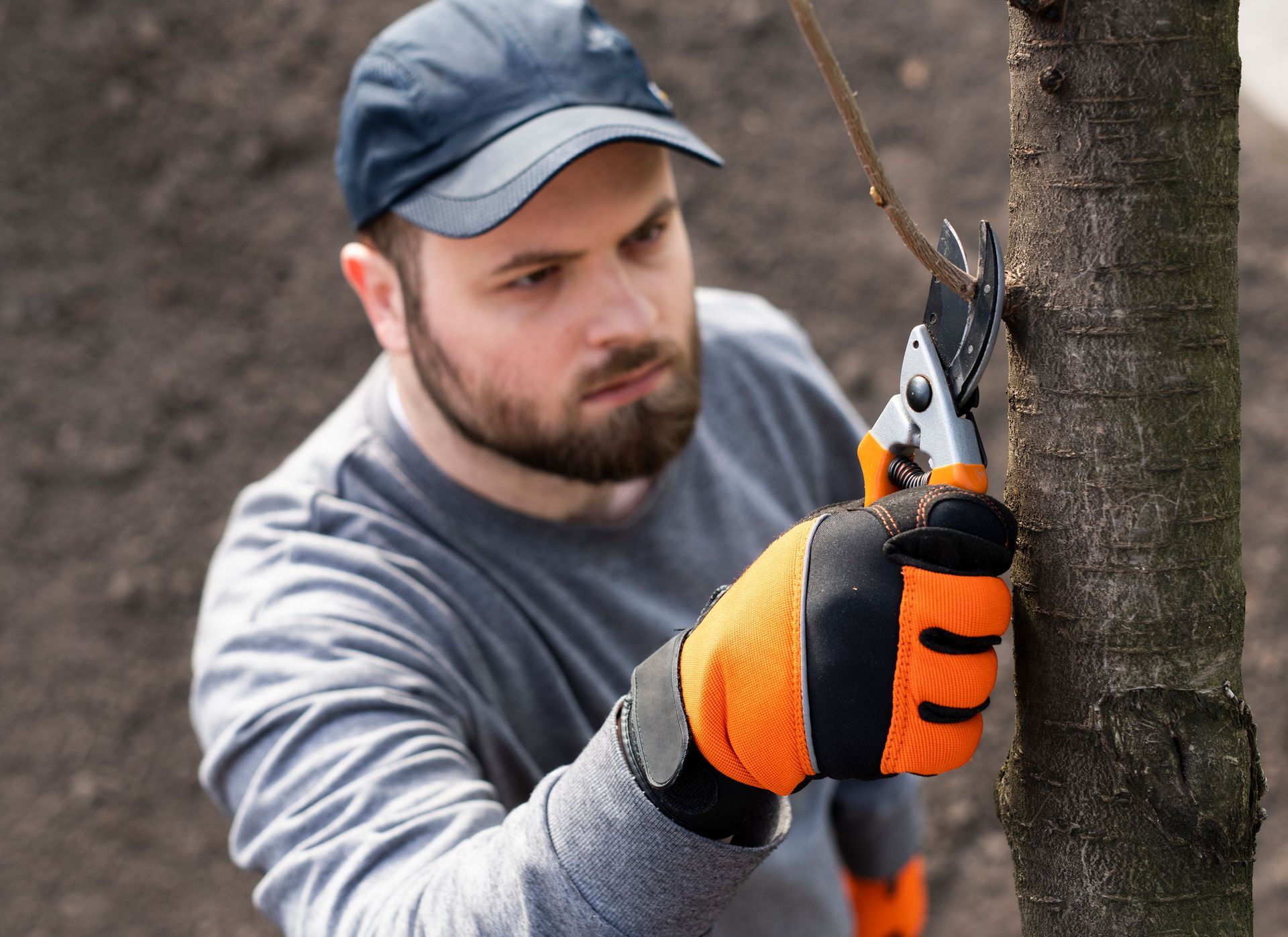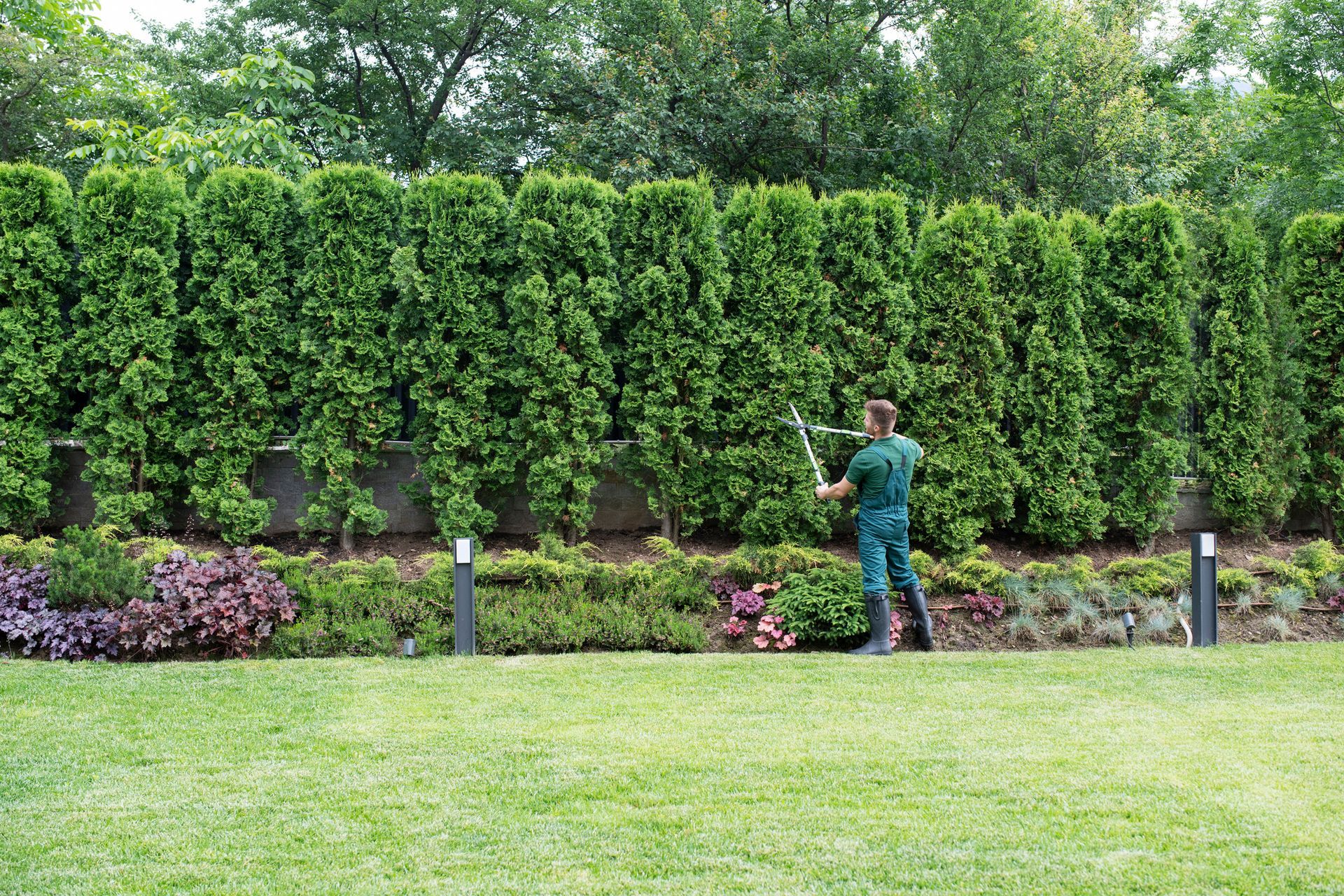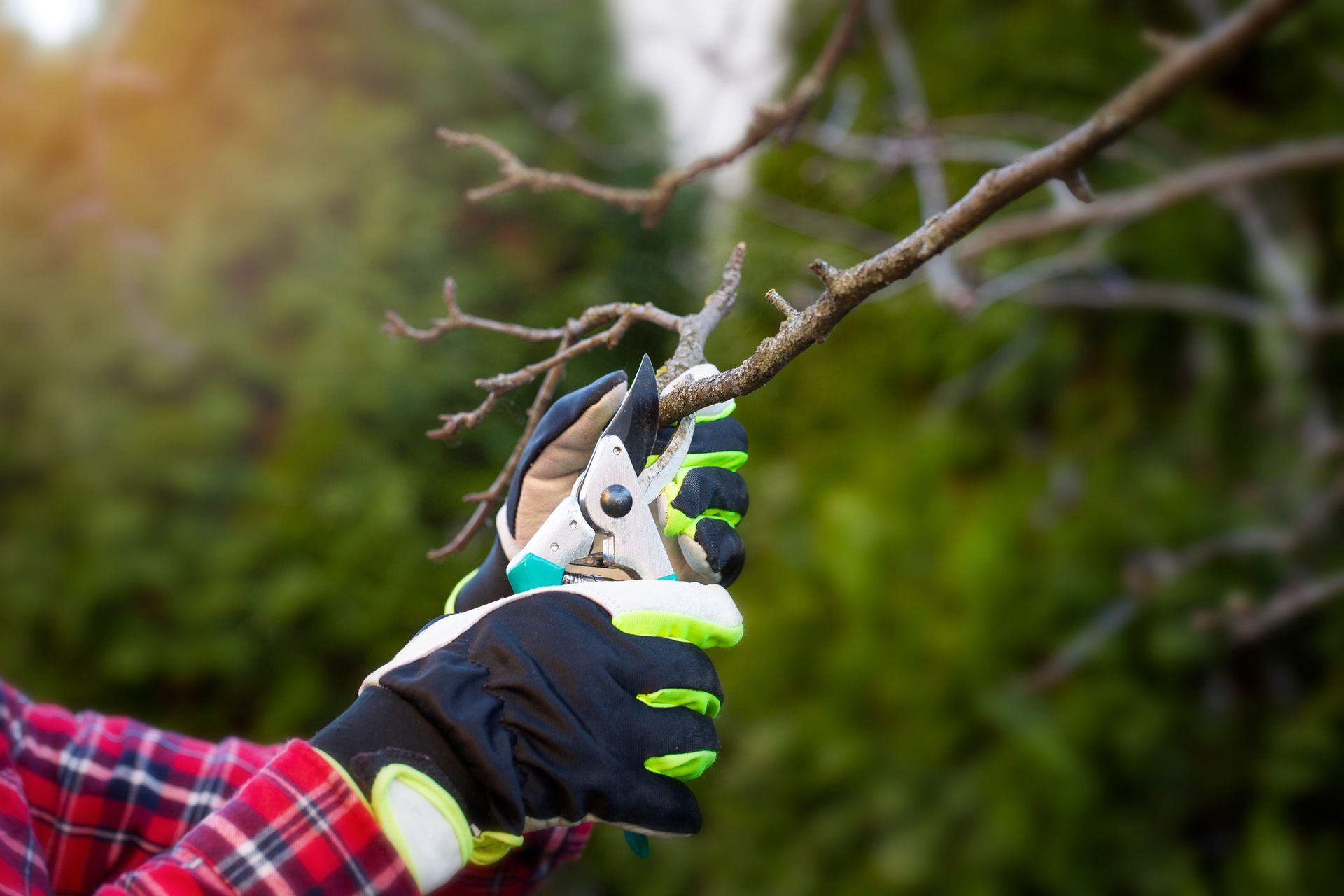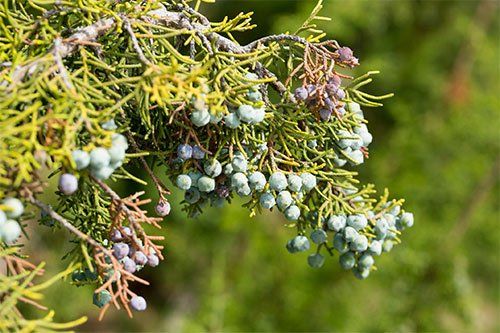4 Tips For Keeping Your Trees And Bushes Well Pruned
Pruning is quite likely the single most important thing you can do to keep the trees and bushes on your property both healthy and attractive. Those who let their trees and bushes become excessively shaggy often find themselves having to deal with sick or unsightly plants down the line.
Unfortunately, problems also tend to ensue when amateurs go about pruning without the proper knowledge. Excessive, incorrect, or improperly timed pruning can have a negative effect on the health of your plants. If you would like to learn more about what constitutes ideal pruning, keep reading. This article will outline four basic principles to be aware of.
Mind Your Ds
One of the areas where people most commonly struggle has to do with knowing when and where to prune a tree. Fortunately, you can eliminate the guesswork from making this determination thanks to a simple mnemonic device known as the four Ds. The four Ds in question are as follows:
- Dead
- Damaged
- Diseased
- Deranged
The first of these is fairly self-explanatory. Always begin your pruning efforts by identifying and removing dead branches, shoots, or stems. Not only will this immediately boost the plant's appearance, but it will also help prevent such problems as disease and rot, both of which may stem from dead matter. Repeat the process for any damaged branches.
Next, you'll want to tackle diseased areas of the plant. The signs of disease are never the same, so be sure to educate yourself about the common ailments facing the species of tree and bush in your yard. In general, yellow or otherwise discolored leaves are almost always a sign that disease has set in.
When pruning diseased parts of a tree or shrub, be sure to keep a bottle of bleach water on hand. This should be used to disinfect your shears between clips. Otherwise, you may inadvertently end up spreading the disease.
The last D involves attending to any deranged branches. This is purely an aesthetic choice. Deranged branches are those that simply don't fit in with the overall shape or look of the tree. Depending on the species, this may involve branches that are hooked, crossed, or poorly spaced relative to one another.
Prune Cane Bushes Yearly
Cane bushes are a large and well-represented family of bushes, commonly found in residential yards. The family includes such familiar species as hydrangea and forsythia. These are distinguished by the fact that they will sprout new canes on a yearly basis--even more frequently for those who live in especially warm climates.
Pruning cane bushes is a vital way to keep them in good condition. Should the canes become too crowded together, they will not have the room necessary to grow strong and healthy. Yet you shouldn't be too overzealous in your pruning either. To ensure optimal growth, experts recommend pruning back cane bushes by approximately 1/3 every year.
Cut Close To The Collar
When pruning a tree branch, nothing could be more important than where you make your cut. If you leave too much of a stub behind, the tree will be at a much greater risk of disease or infestation. For best results, always try to prune a branch as close to the collar as you can.
You can find a collar at the base of virtually every tree branch. This ring of swollen bark is part of the tree's natural defense system. It helps the tree recover from a pruning by growing outward to cover up the cut itself. Just be sure that you don't accidentally prune away the collar. Otherwise, your tree won't be able to recover from the pruning as easily.
Hire An Expert
Finally, it is important to realize that pruning simply isn't for everybody. If you would rather leave your tree pruning to an expert, that's no big deal. Free free to contact the pros at One Tripp Tree Service for a consultation about the pruning needs of your trees and shrubs.










